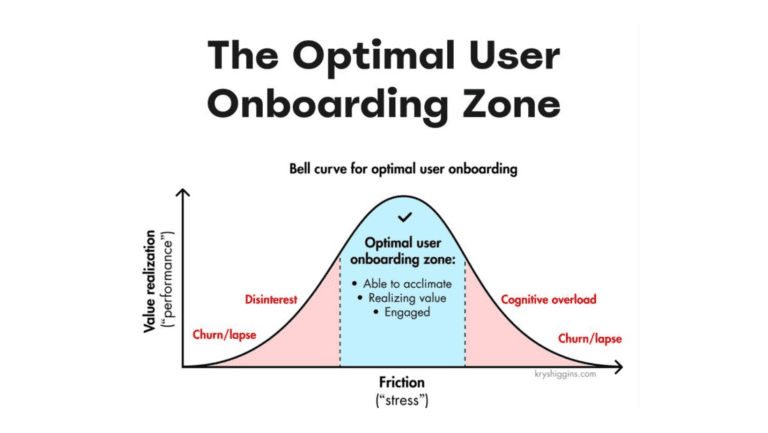Application Performance Management (APM) as a discipline is getting more and more complex. Many groups and talents need to be involved to provide the business with the applications they need. The application infrastructure itself is typically very customized and integrated. Looking for the root cause of performance problems is like searching for a needle in a haystack and solving a complex puzzle at the same time.
That’s why it is so important to approach the APM discipline from all angles at once as you analyze how the application and technology stacks interact and cause issues with the business. This end-to-end perspective is critical to delivering quick results.
When meeting with a customer recently, I asked the IT executive in charge of overseeing our APM solution what the biggest impact of our tool was on his world: his immediate response was that he dramatically reduced the time wasted putting the puzzle together every time there was a significant issue with their CRM application. When talking about how he was able to achieve that, I realized he was able to achieve this at 2 levels: individuals performing analyses were able to see everything they needed in one application, and the different teams were able to better collaborate as they accessed all necessary information in one system. This conversation made me realize that APM is more than set of tools or a set of responsibilities: it is an end-to-end approach that can deliver tremendous results if executed carefully.
So what are the attributes of an end-to-end Application Performance Management (APM) approach?
- Streamlines the communications and collaboration amongst IT support team: helpdesk, application, network, infrastructure, DB etc.
- Eliminates the need to assemble information from 3 or 4 different monitoring tools to understand performance and availability issues with business applications
- Deep down and high up: offers a ground level view of specific transactions to perform fast RCA, yet provides a 30,000-feet level view of the application health and performance trends.
- Supports the application management needs from development to production: identifies issues early in development, helps resolve problems during the QA/testing cycles, and pro-actively monitors the application in production
To support that approach and reap the benefits of end-to-end APM, organizations need to rely on technology. Many monitoring tools are point solutions: they focus on either one technology like log file analysis or network traffic analysis, or they focus on one aspect of your application stack like the operating system, network, or server availability and performance.
Instead, organizations should consider a tool that delivers on the end-to-end vision. But what are the key attributes of an APM software tool that will make it an end-to-end solution and why are they important?
- Proactively Monitor your applications, the underlying tech stack and the users using those applications, in order to detect issues BEFORE they occur. In other words, apply predictive analytics models to your data and intelligent event correlation to foresee what issues are coming your way!
- Monitor all aspects of the application stack in one tool: application layers, network, servers, integration points to other systems, database, workflow processes etc.
- Analyze both real and synthetic transactions: review all user clicks, backend transactions, and perform synthetic transactions and analyze the results continuously
- Provide deep Root Cause Analysis (RCA) technology: because problems can be found in any layer of the application infrastructure, it is important for the RCA technology to provide not just functionality that works across layers, but an intuitive user interface to enable the engineers to quickly understand what’s causing the incident.
- Focus on the details and the aggregates: APM experts need to both dive deep into specific issues to perform a thorough RCA, and understand higher level trends in application usage, performance, availability and across the different layers. The technology needs to deliver both detailed drilldown and higher level reports and dashboards.
- Speak to all customers of the application: frequently, disconnects between the application users and administrators arise, based on a different perception of how performing the application is. APM needs to be a tool that can be used by both the business and IT, so that both interested parties can really determine if a problem is localized or widespread.
Did I miss other aspects of end-to-end APM? Does it matter to your organization? Please comment and share your experience.




